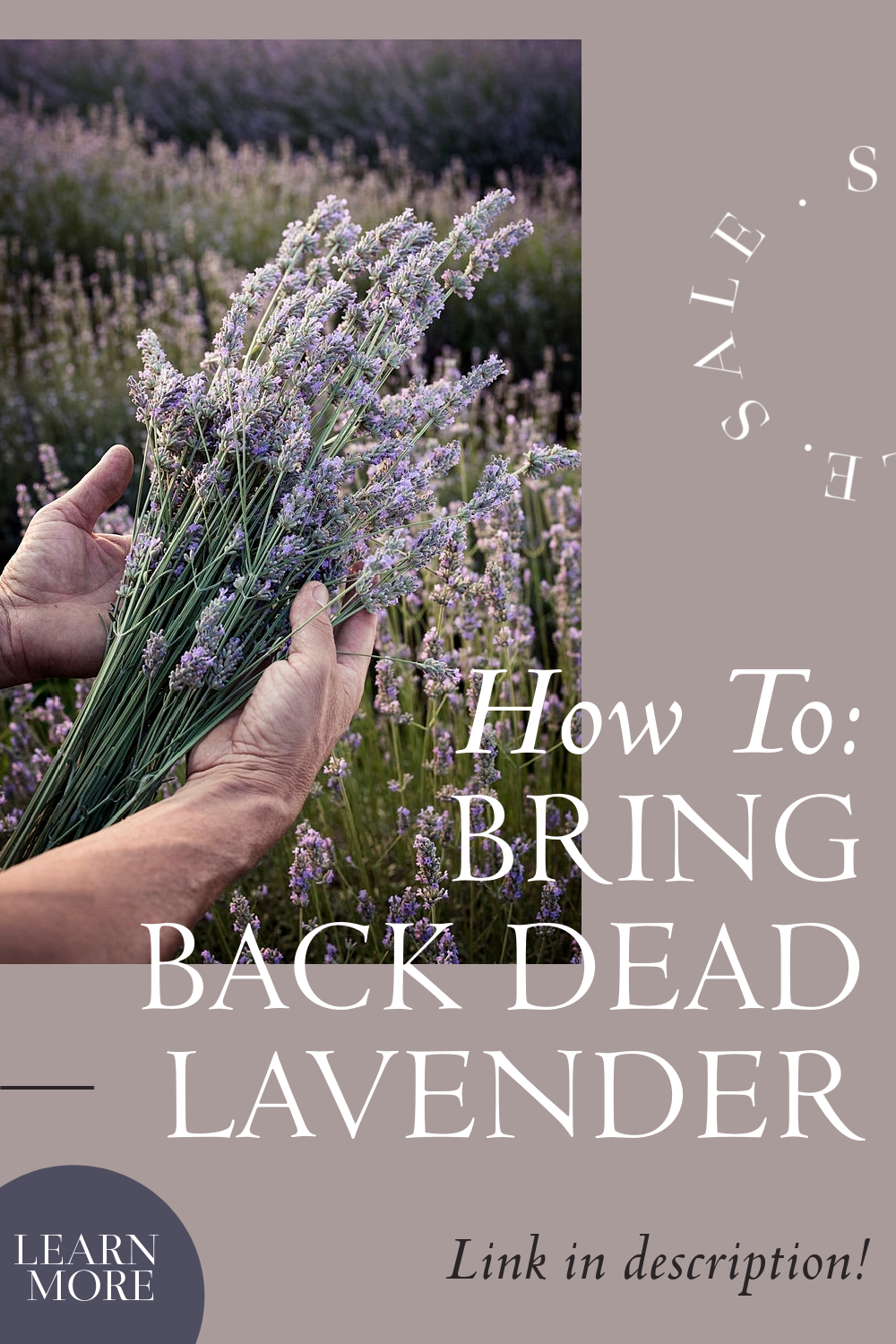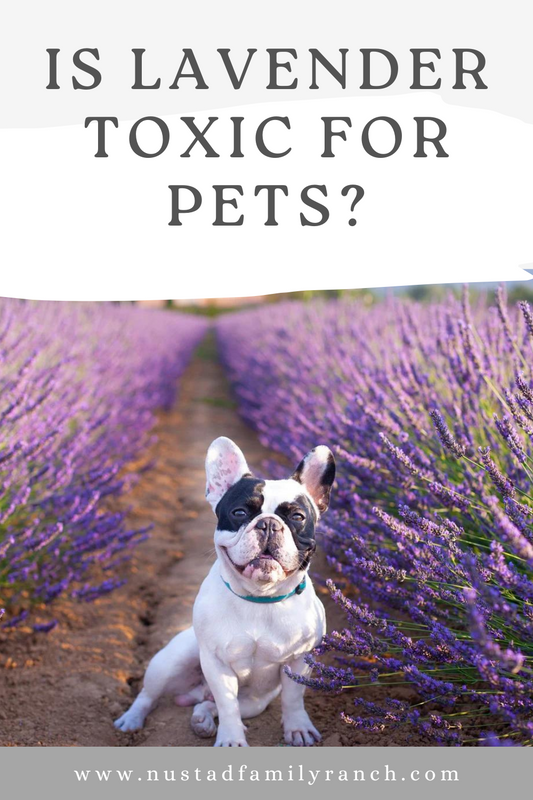Lavandula (also known as Lavender) is a genus of 47 known species of flowering plants in the mint family, Lamiaceae. Within this family there are 4 main types of Lavender
English Lavender, Portuguese Lavender, French Lavender, Spanish Lavender, Lavandin. A native plant from the Old World, found in Cape Verde and the Canary Islands, and from Europe across to northern and eastern Africa, the Mediterranean, southwest Asia to India.
With the right care, Lavender plants can live up to 15 years, however, accidents happen, soils and microclimates change leading to un-expected results. However, with the right planning and action steps, many lavender plants can be revived.
Dead or Dormant?
The first question to ask yourself, is my Lavender dead or dormant? When temps are cooler and sunlight is not available, dormancy happens. The branches may turn brown and leaves will be gray. However, dead lavender will have no sign of green but instead the branches will be brown and hollow.
If it does happen to be dormant during the usual fall and winter season, observation is key. However, plants may become dormant in Spring and Summer if they are not receiving enough light. An easy fix of moving the plant into 6+ hours of sunlight.
If not Dormant? How can I revive it? The First Step
Although not entirely dead or dormant, plants may need to be revived. The first step to any good problem solving is finding the root of the problem. Some common Lavender problems are:
- Root rot as as result of overly moist conditions such as clay soil or climate
- Lavender that is leggy and perhaps has yellow leaves (soil fertility too high)
- Woody growth that does not support many blooms (a consequence of not pruning lavender every year)
- Lack of sunshine. Lavenders need full sun (see above).
- Lavender planted in the wrong type of pot or container. (Pots need to be 16 inches across and have drainage holes in the base.
Root Rot
- Symptoms. Your Lavender plant has gray leaves, a wilting or drooping appearance and the foliage is turning brown or yellow.
- Causes. Watering too frequently, slow draining soil such as clay, high humidity or frequent rain, planted too close together. Organic material around the plants such as leaves or weeds can also cause the soil to retain water.
Lavender plants are naturally drought resistant, and thrives in its native soil: sandy, well draining, with a PH between 6.7 and 7.3. This means, if your soil holding to much water or you are watering too frequently, your plants are likely to drown.
Here are the first steps to take in order to save your plant from over-watering:
- The step to take, is to scale back the watering schedule and if possible, shelter it from rainfall.
- Whether your plant is potted or in the ground, organic material, such as dead leaves, which may have accumulated around the plant, thus covering the soil and root system. Removing these materials will allow for airflow causing the soil and subsequent roots to dry.
- If possible, removing the rotting roots will help. Using a fork, carefully remove the Lavender plant from the ground exposing the roots. Inspect the roots and remove the infected roots with shears. Infected roots will be discolored and lack growth of fine roots.
- Be sure to replant the lavender in a new location in full sun with fresh soil. Or adjust the current soil in the same location with sand or gravel if need be.
Once your Lavender is replanted, refrain from watering for at least two weeks, this will allow your Lavender to revive itself over the next few weeks.
In gardens with slow draining soil (such as clay) replanting the lavender elsewhere in the garden will be ineffective as it is likely to still suffer from root rot if water does not drain quickly after watering and rainfall.
In which case your best option is to transfer the lavender to a pot, container or raised bed.
In a pot you can control the soil mix much easier then in your garden boarder and therefore tailor the soil to the lavenders preference. (Read my article to learn the best practices for how to transplant lavender and avoid transplant shock).
Well draining soil amended with sand or gravel will replicate the lavender native soil conditions and prevent root rot.
Remember lavenders need full sun to flower their best which also increases soil evaporation and contributes to the dry conditions that lavender need to thrive.
Lavenders also need to be planted 2-3 feet away from each other to allow for airflow which again contributes to keeping the plant dry and less likely to develop root rot.
Follow these steps and your lavender should begin to revive and show signs of recovery after 3 weeks.



